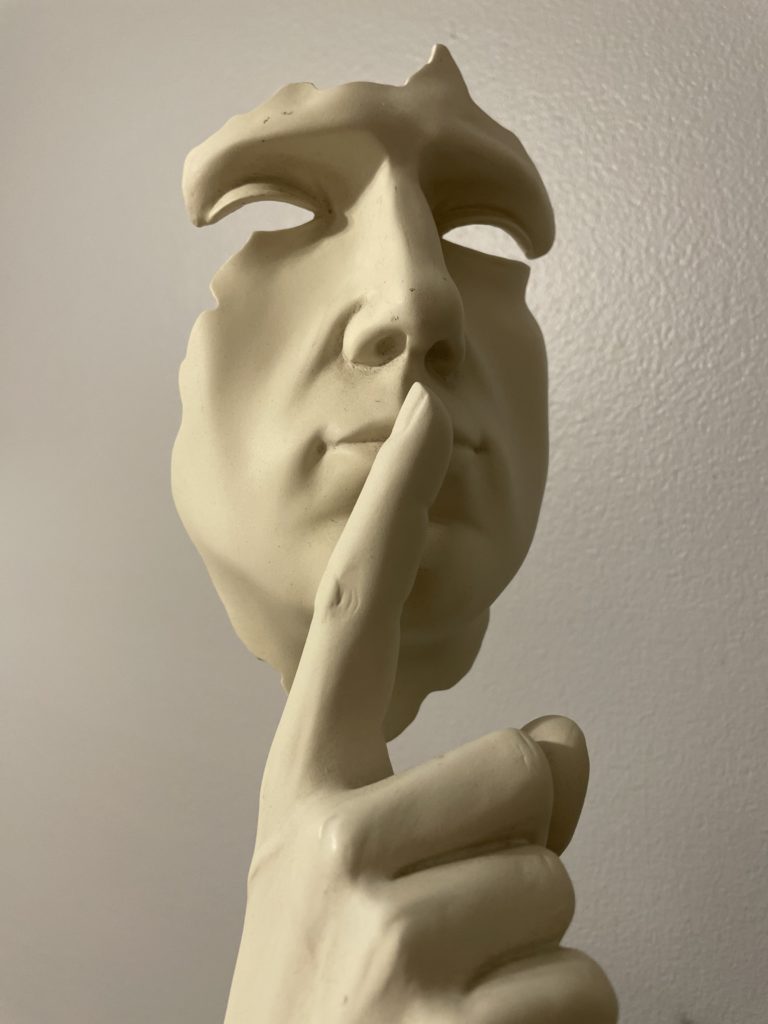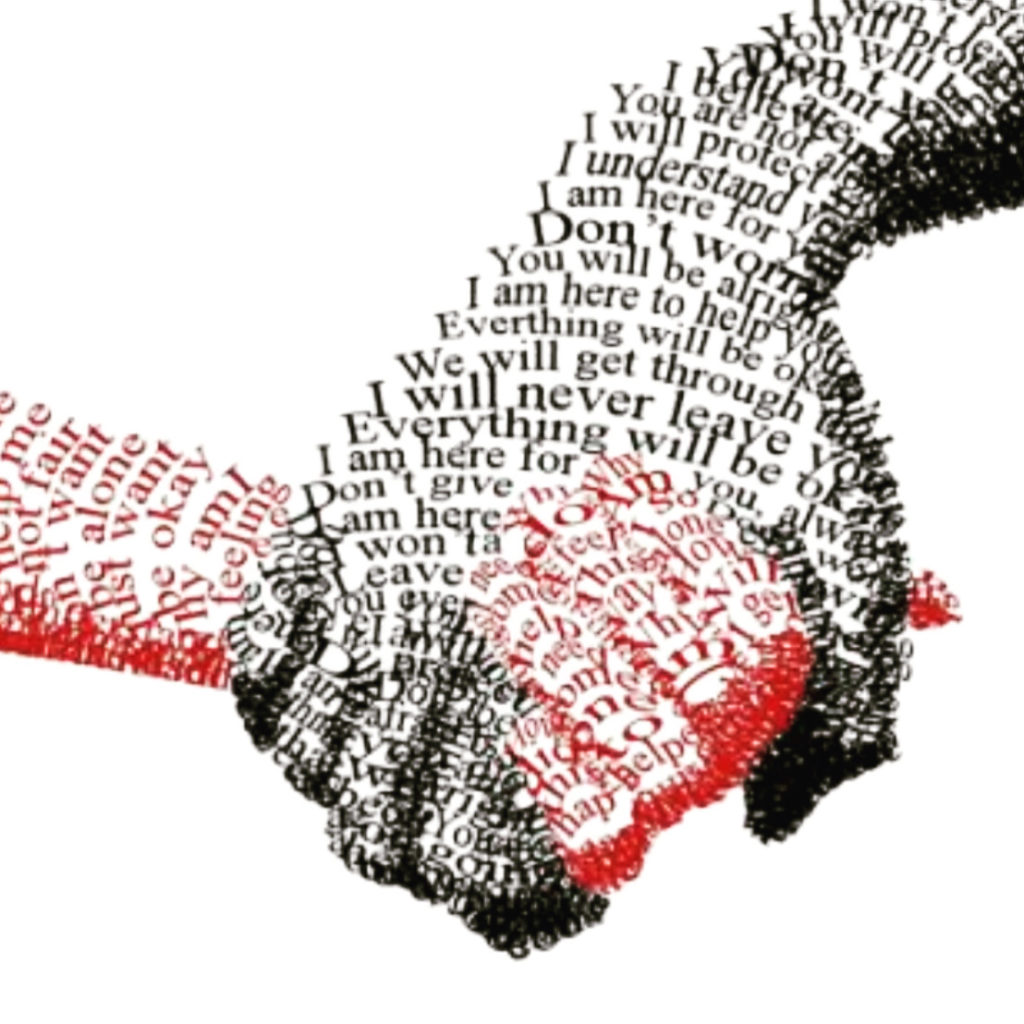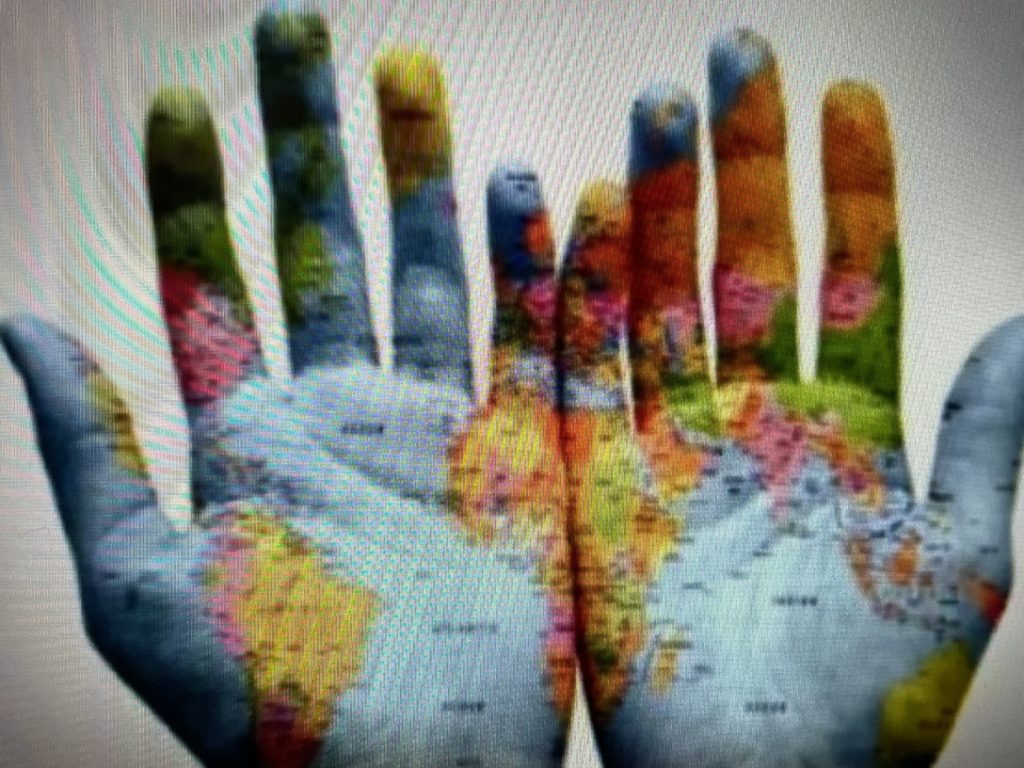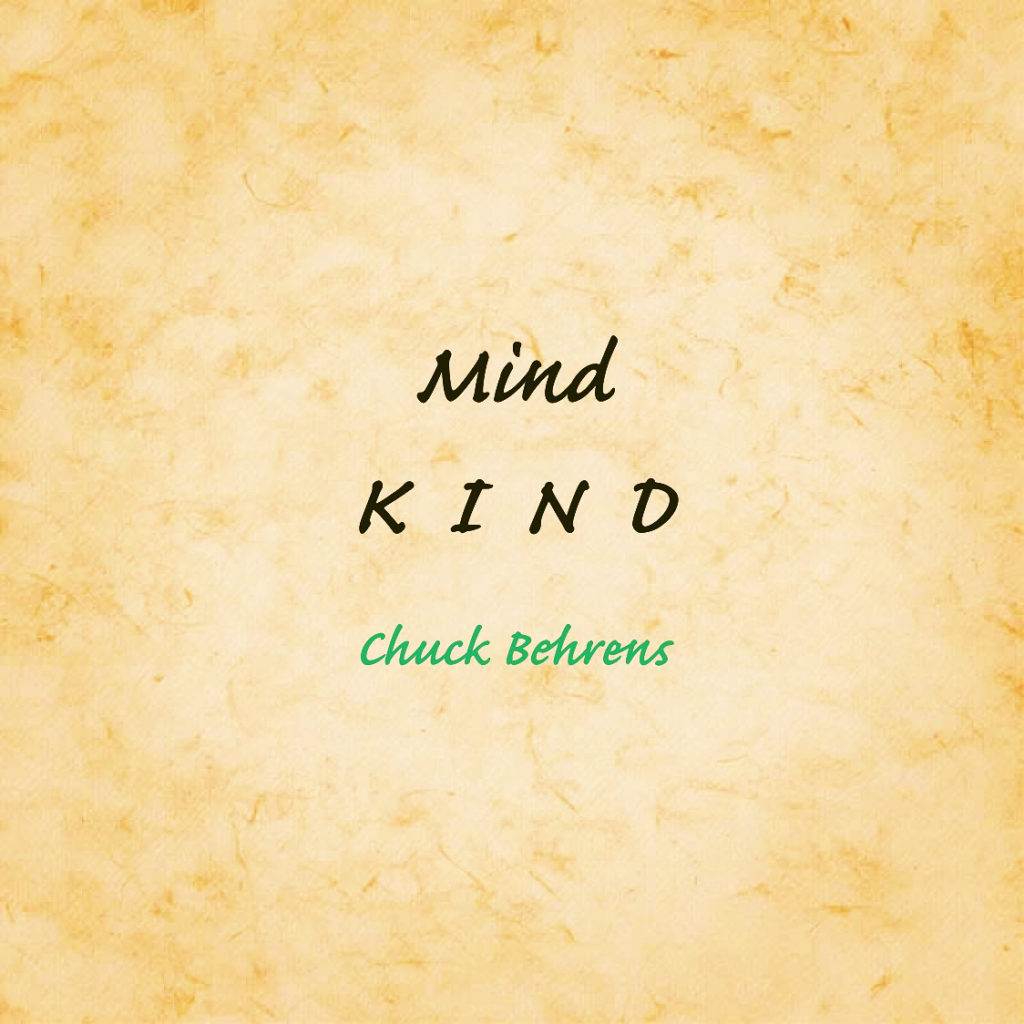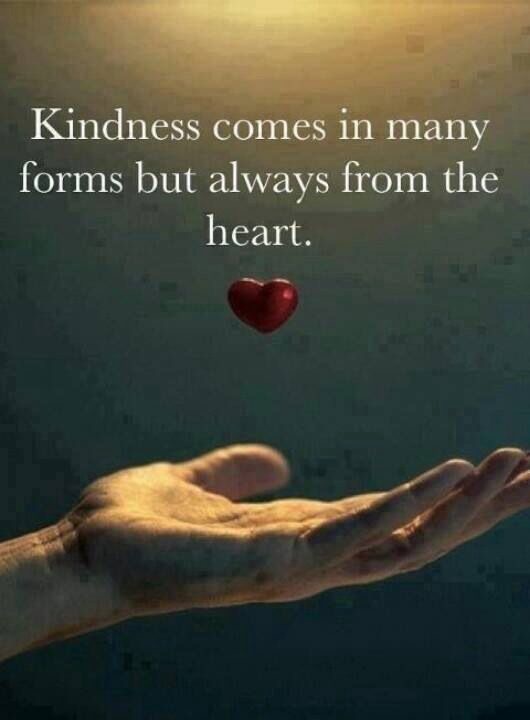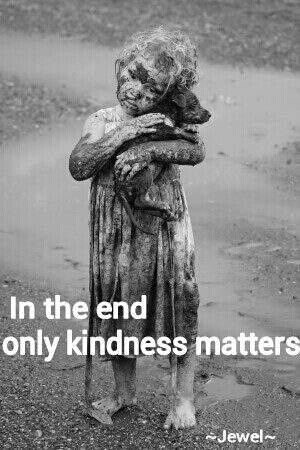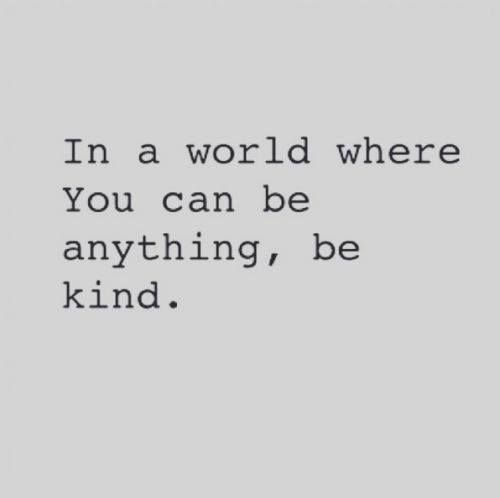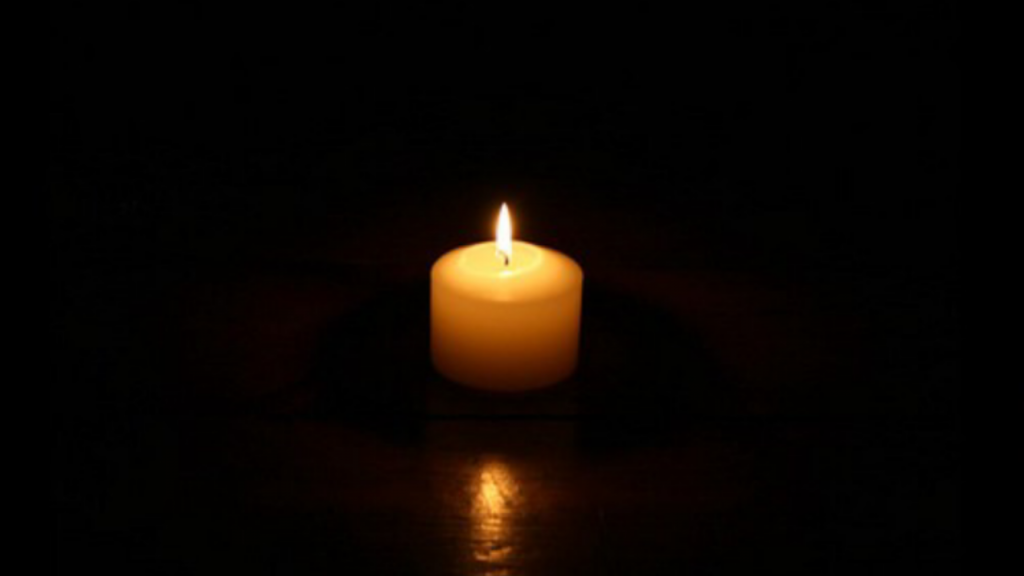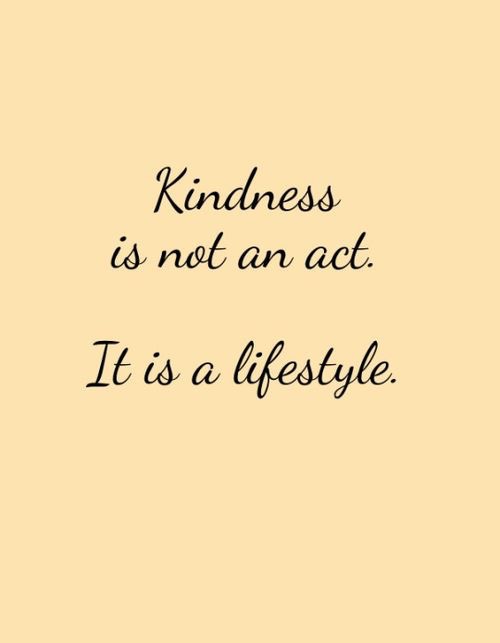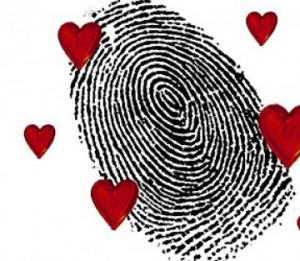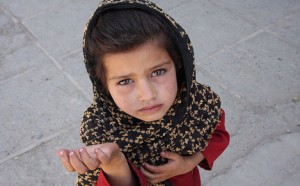WINNING IS REALLY CONFUSING
AND OFTEN HARD
(Just because of its varied connotations)
B U T
When WINNING,
I S N ‘ T
often has nothing to do with actual wins and losses. . .
The winningest college basketball coach of all time,
Coach K, Mike Krzyzewski knows WINNING, because he’s done it 1,129 times; 101 times in the NCAA March Madness Tournament and is now heading for at least two more victories this coming weekend for his 103 wins and more importantly his 6th NCAA Championship as he will retire after this season.
T H E S E
no doubt will be some of the things that he will be known
and literally go down in Basketball history
(most likely to never be duplicated)
and yet it’s a winning that never involved a game or a tournament
that might well define Coach K
the most
to one:
Dear Coach K,
I’ve never met you, though you’ve walked past me many times on a stretch of beach called Pine Knoll Shores. I didn’t want to bother you, but wish I had known about your gift to Steve Mitchell. His departure from this earth has offered the story of a life well-lived. Steve was the man who sat behind you in Duke University’s Cameron Indoor Stadium for the last 37 years and I know you miss him this season.
He did a lot in his sixty plus years. He was born with Down syndrome and his family shrugged off the doctors and took him right home. He was integrated in an era that made his parents ground breakers; school or church, Steve was there. I am a special needs mama too and with parenthood comes advocacy, their forging a path has benefited so many. You called Steve “a good friend who had some challenges.” What a gift of inclusive language.
The story goes that in 1980 the only thing Steve Mitchell wanted for Christmas was a Duke basketball ticket, not an easy score, but Steve’s brother had a construction company and was hired to renovate the new coach’s, Mike “Coach K” Krzyzewski, house. He asked you how one might find a ticket to buy and explained his brother’s Christmas wish.
“He can sit behind me,” you said. Did you know how life changing that gift would be?
The following season, Steve wrote you a letter saying, “Coach, I know we’re going to have another great year. I was hoping that I could sit near you again.” You said yes to a family that may have heard no far more often. He wrote you a letter every year for 37 years and this is the first season that a ticket, reserved for one Steve Mitchell, isn’t waiting at will call. Steve would collect his ticket and make his way to his seat behind you (usually with the help of his favorite usher, Fran), a tradition that was life changing for his self-confidence, according to his family. You shook his hand before every game.
Thank you, Coach K.
Mamas of special needs kids know that kindness extends far beyond team affiliation and we know that our team is the best of all. Welcome to the club. And to Steve? Godspeed, my friend and thank you.
Love,
Adrian (Amos’s mom)
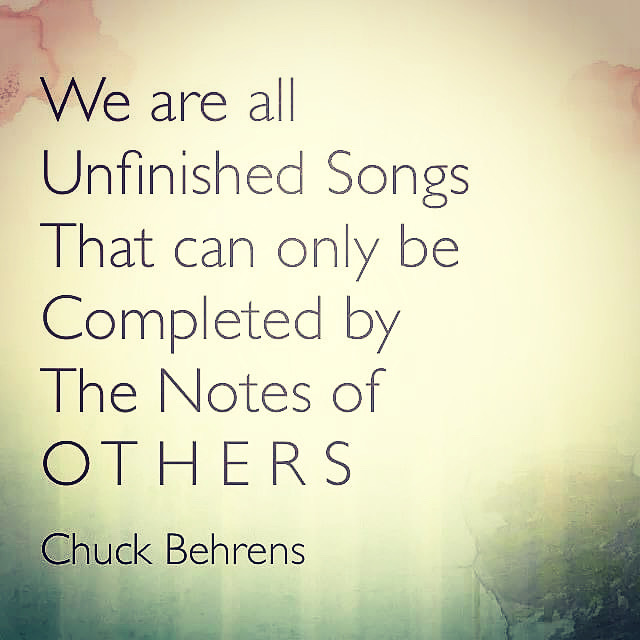 Just what kind of a never-to-be-forgotten
Just what kind of a never-to-be-forgotten
Caring Catalyst
A C T
will you offer today
that will forever change a life
(as it defines and enhances your’s). . .


